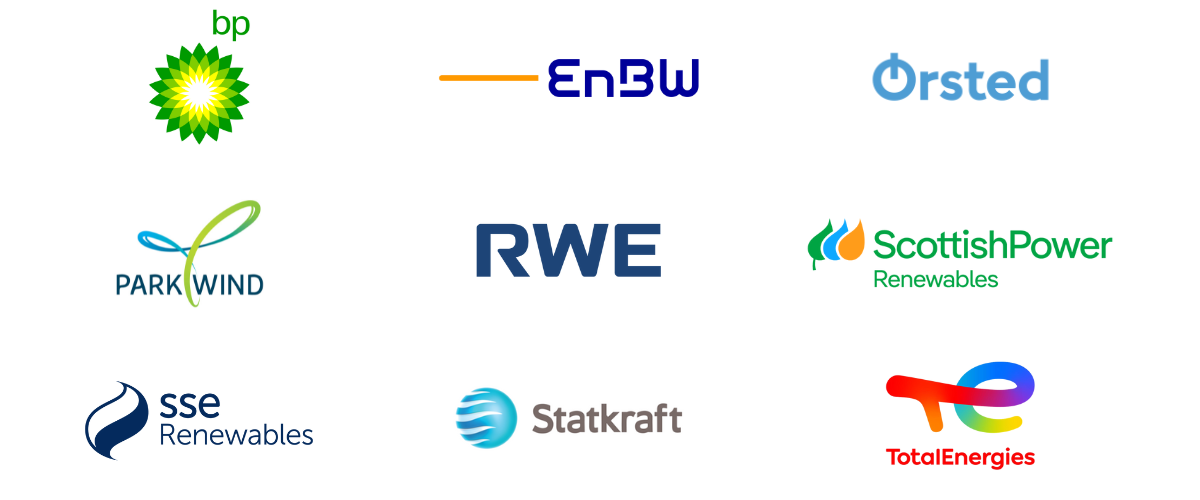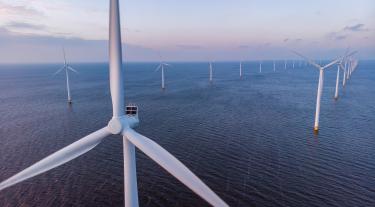By the end of 2023, a total of 67.4 GW of offshore wind capacity had been installed globally, according to the World Forum of Offshore Wind.1 However, the IEA states that 70-80 GW will need to be installed every year from 2030 to achieve Net Zero by 2050.2
As demand for renewable energy grows, the offshore wind industry must scale up rapidly to meet Net Zero ambitions, and this must be done sustainably. Building on the decarbonisation efforts at an individual wind farm level, the Sustainability JIP is key to creating a consistent approach to account for carbon impacts, increase transparency of emission reporting methodologies and accelerate engagement across the value chain.
The (Offshore Wind) Sustainability JIP plays a role of:
- Driving industry alignment of measuring carbon footprints and enabling partners to map against the hard-to-abate supply chain challenges
- Providing a necessary collaboration platform for the identification and prioritisation of pathways to decarbonise the sector
While offshore wind energy generation has a significantly lower carbon impact than fossil fuels, the sector must still collaborate with suppliers to minimise emissions associated with the carbon and resource-intensive models of production, deployment, and operation, focusing on key hotspots such as steel, cement, and fuels.
Research areas:
The Sustainability JIP follows three core activity workstreams:
- Measurement: Standardising offshore wind carbon footprinting
In Phase 1, the Sustainability JIP published A first-of-its-kind standardised methodology to enable developers and other stakeholders from across the industry to calculate the lifecycle carbon emissions of their offshore wind assets in a consistent and transparent manner. A revision of the methodology is due for publication in Q1 of 2026.
Read the methodology.
- Data: Promoting consistency of data availability and quality
The scale of the offshore wind value chain results in differing emission data availability and quality. During Phase 1, a review of existing data availability informed the data hierarchy detailed in the carbon footprinting methodology, promoting supplier-specific data as the gold standard. During Phase 2, we will continue engagement with industry to address data challenges and promote greater transparency.
- Decarbonisation action: Mapping industry-wide decarbonisation potential and action
The Offshore wind decarbonisation pathway report, published in Phase 1, established a foundation for what can be achieved in decarbonising the offshore wind sector, highlighting the importance of cross-sector collaboration in reaching Net Zero. In Phase 2, a focused assessment will be undertaken to explore the feasibility of decarbonising steel, as the biggest contributor to carbon emissions in the offshore wind industry.
Partners:
bp, EnBW, Ørsted, Parkwind, RWE, ScottishPower Renewables, SSE, Statkraft, and Total Energies.

1 World Forum of Offshore Wind, 2023. Global Offshore Wind Report 2023
2 International Energy Agency, 2021. Net Zero by 2050. A Roadmap for the Global Energy Sector


